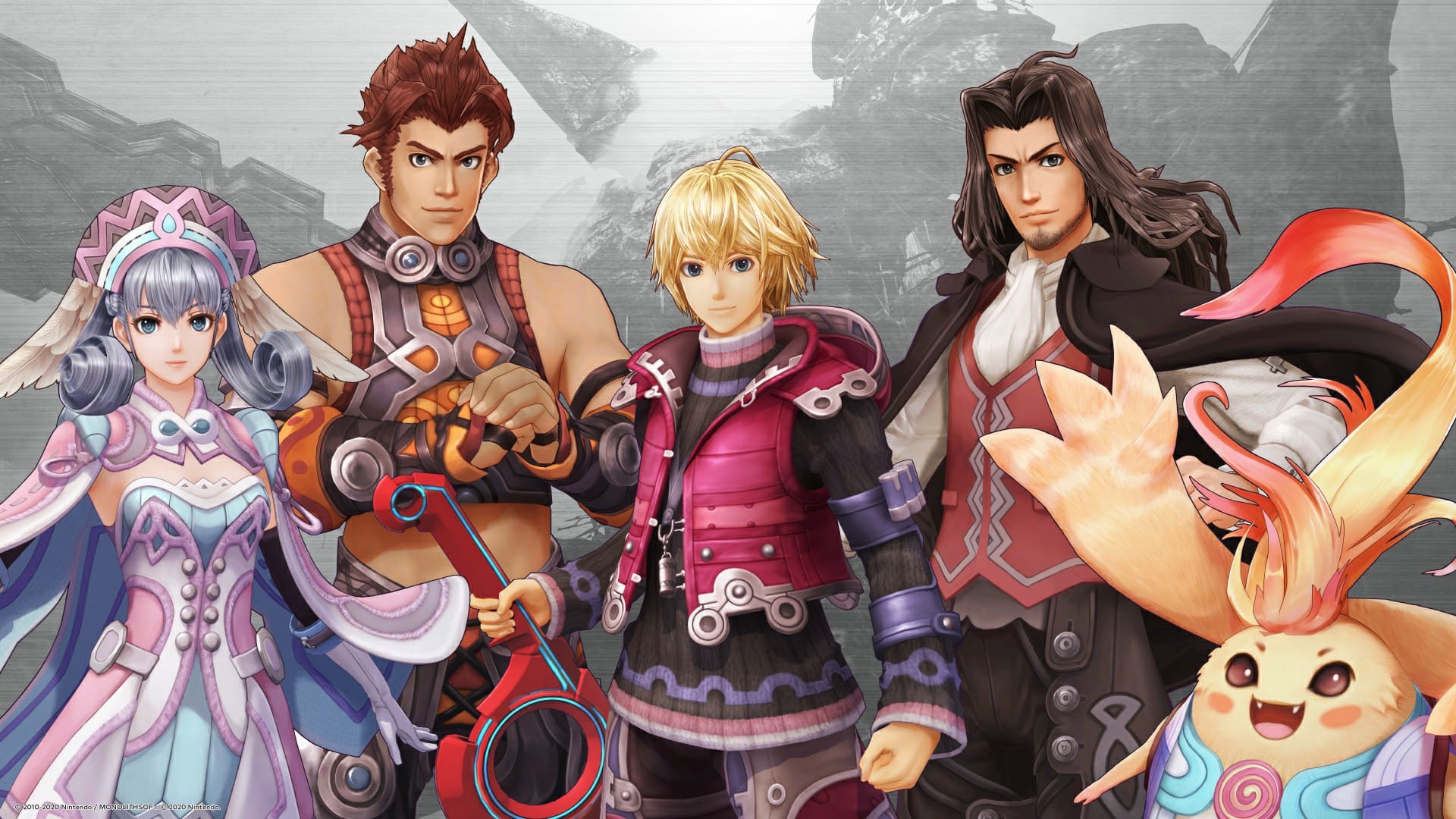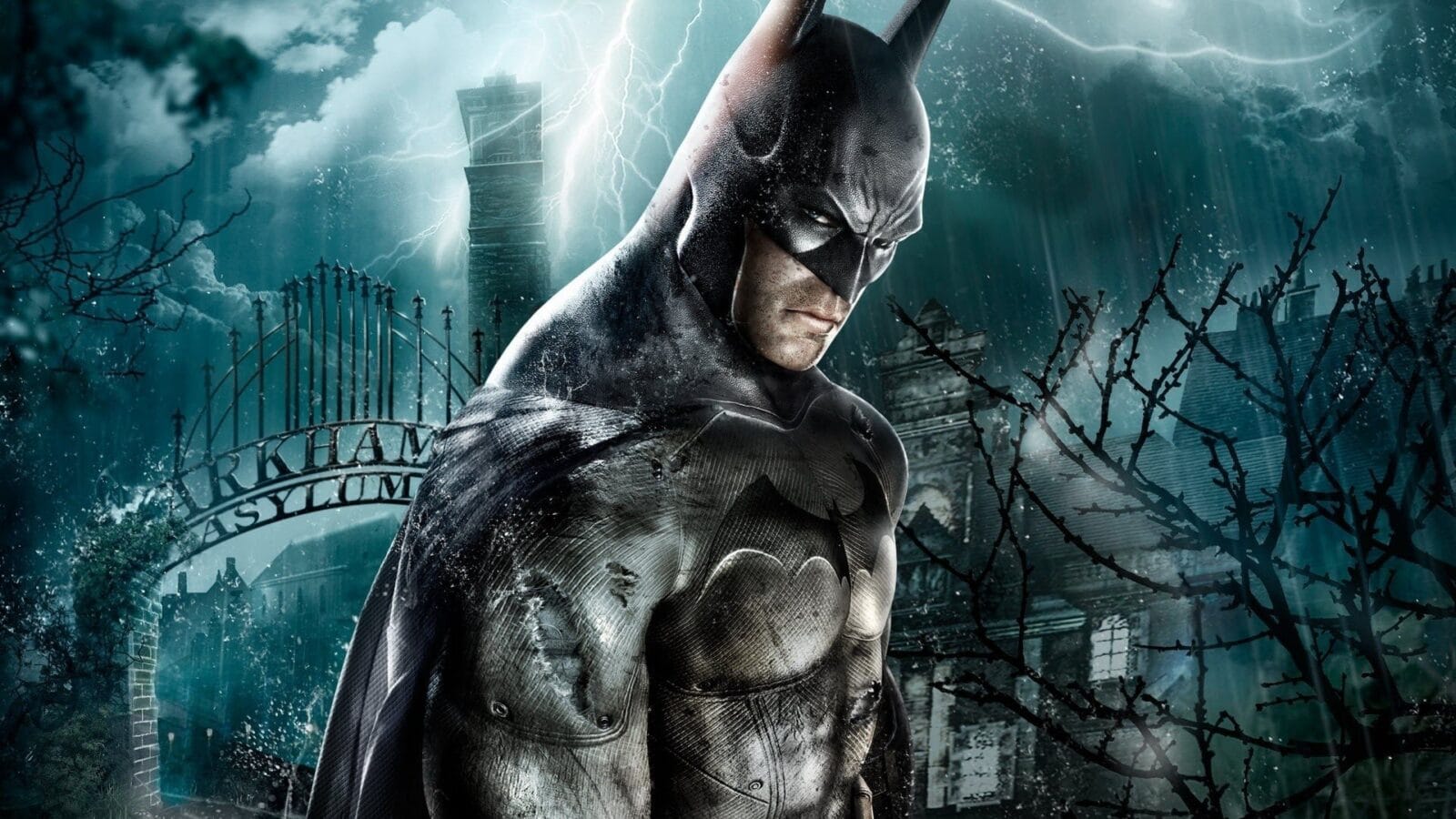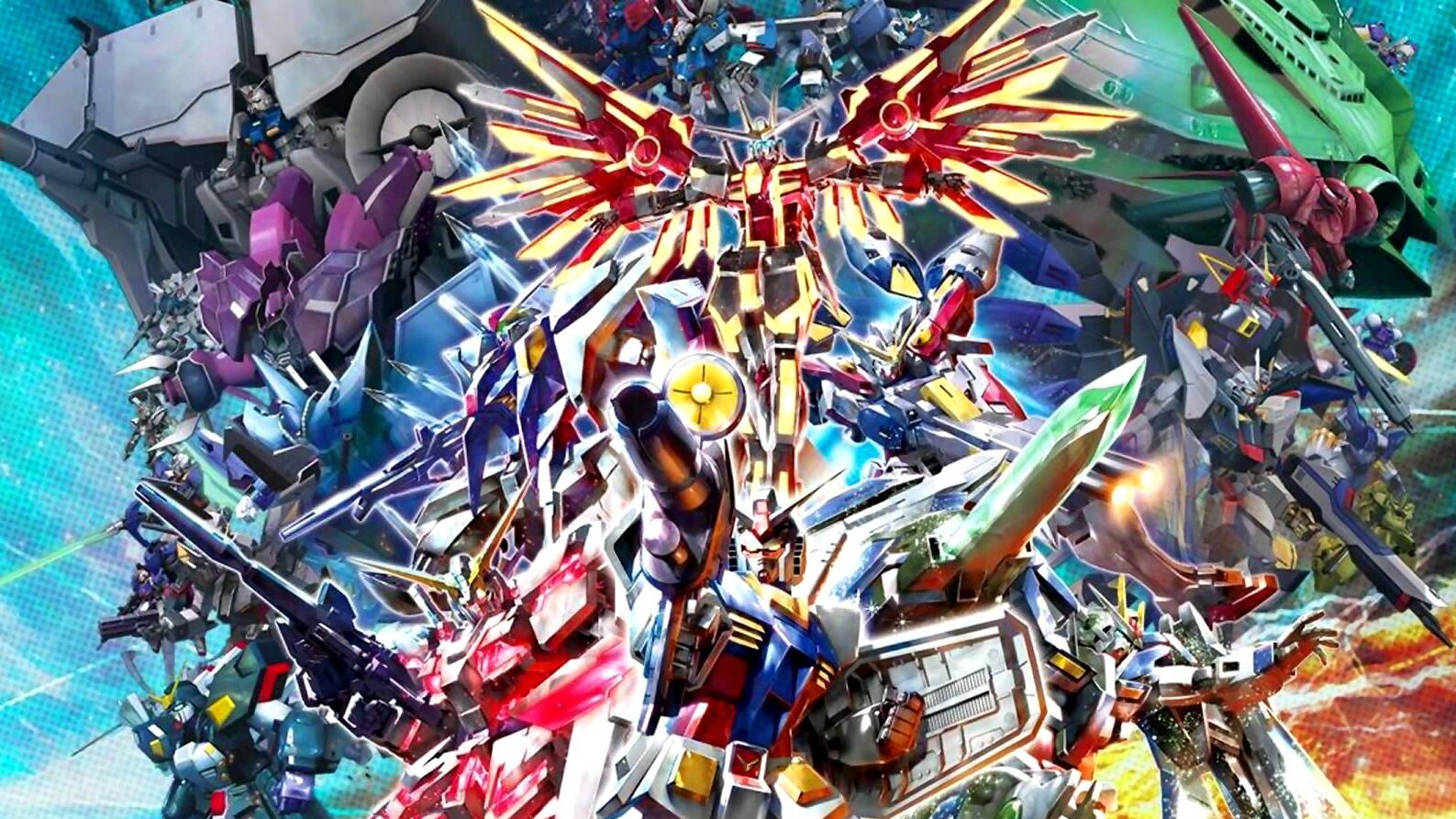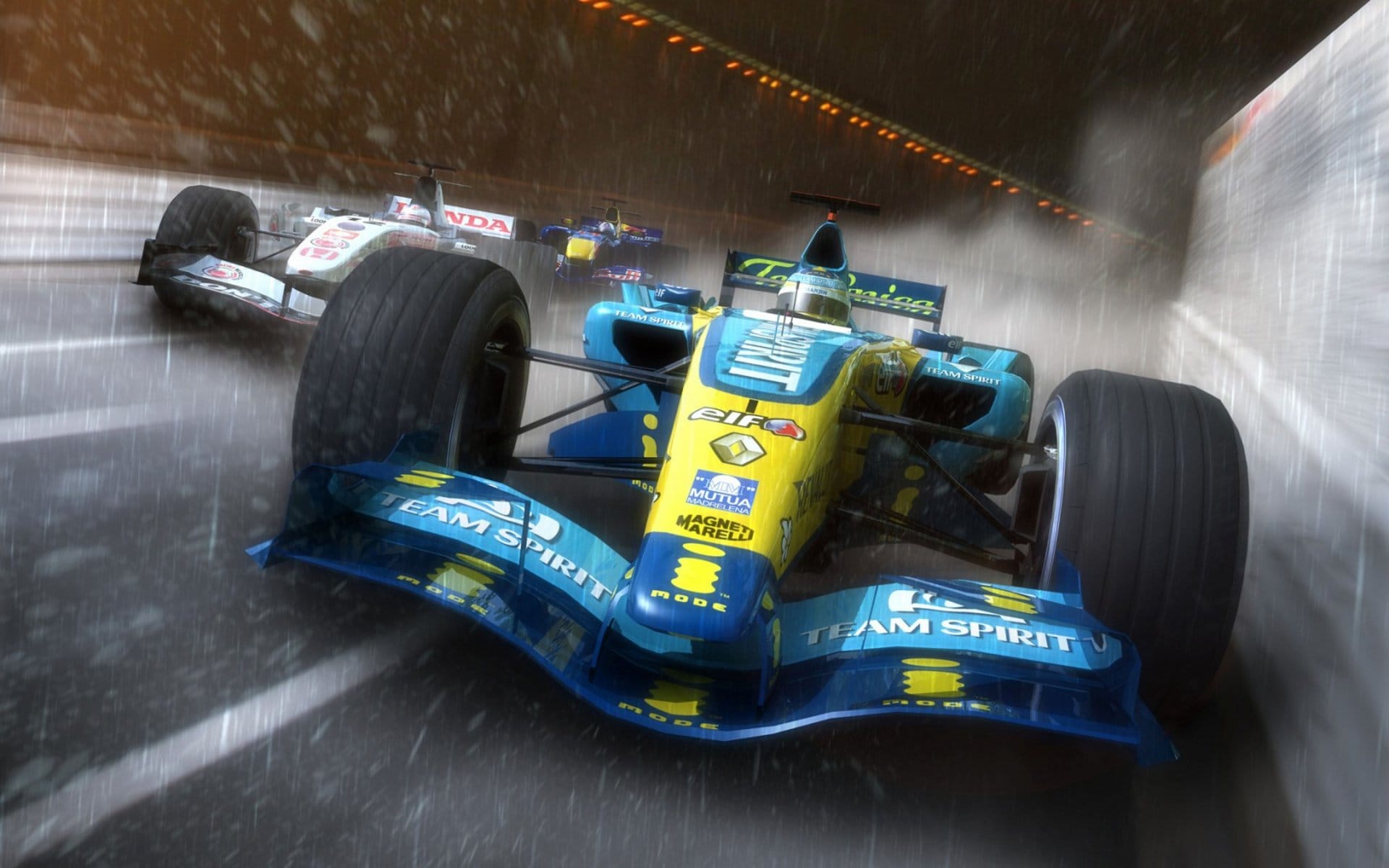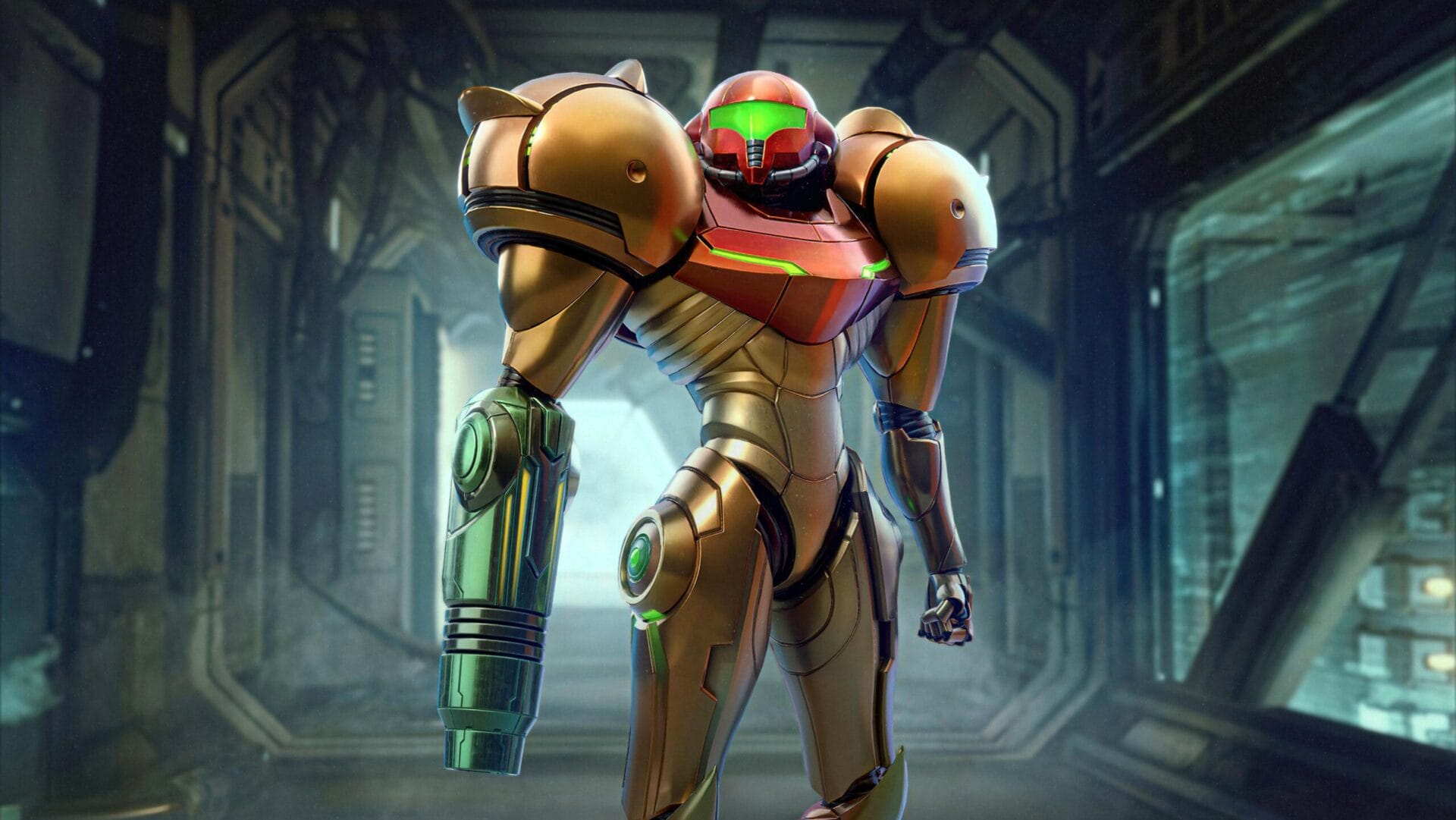When I first dove into the Xenosaga series on PS2, I was convinced Monolith Soft would deliver the next great sci-fi epic. Episode I absolutely gripped me with its dark themes and sprawling story, but the sequels left me cold—bogged down by uneven pacing and tangled plots that lost its charm. I remember feeling burned, wondering if Monolith’s reach always exceeded their grasp.
So when Xenoblade Chronicles first appeared, I honestly didn’t know what to think. Could they really pull off another ambitious RPG without collapsing under the weight of their own ideas? I hesitated, afraid of another overcomplicated mess.
Now, with Xenoblade Chronicles: Definitive Edition on Switch, we get the ultimate version of this 2010 Wii RPG. Enhanced visuals, smoother gameplay, and smart quality-of-life tweaks make it more inviting than ever. But does Xenoblade Chronicles still hold up today? Let’s dive in and discover if this game is worth your precious time.
A Timeless JRPG Reborn
It’s easy to forget just how groundbreaking Xenoblade Chronicles was when it first hit the Wii. At a time when JRPGs were retreating into safer, linear designs, Xenoblade dared to give players a vast, open world that felt alive and full of possibilities. The sheer scale of its environments, the fluid combat, and the mature storytelling helped redefine what a modern JRPG could be—and won over even the most skeptical fans.
When Xenoblade Chronicles first launched on the Wii in 2010 (2012 in North America), it quickly earned a reputation as one of the best JRPGs of its time. However, the hardware limitations of the Wii meant that while the game boasted an impressive scope, its visuals were muddy, character models lacked detail, and UI elements felt clunky.
More than ten years later, few RPGs have captured the same sense of wonder and adventure. Xenoblade’s seamless world design, philosophical storylines, and dynamic combat system still feel fresh, even in an era of sprawling open-world games. It’s a game where every cliffside vista feels monumental, every battle demands strategy, and every twist in the story hits with emotional weight. The Definitive Edition doesn’t just preserve these qualities—it amplifies them, making Xenoblade Chronicles feel as essential today as it was when it first blew players away.
Story and Character Development
Few RPGs dare to set their entire adventure on the frozen corpses of two warring gods, but Xenoblade Chronicles does exactly that—and it’s brilliant. The towering Bionis and Mechonis don’t just serve as dramatic backdrops; they are the world. Every cliff, valley, and settlement is carved into these colossal bodies, giving each region a sense of scale and wonder that’s unmatched in the genre. The stark contrast between the organic, lush landscapes of the Bionis and the mechanical, foreboding realms of the Mechonis creates an unforgettable setting that feels both alien and alive.
What begins as a straightforward story of vengeance—Shulk seeking retribution after the Mechon destroy his home—quickly expands into something far more profound. As you journey across the titans, the narrative unfurls into a sweeping meditation on fate, free will, and the cycle of life and death. Questions of what it means to control your own destiny—and whether it’s even possible—are woven into the fabric of the plot, elevating Xenoblade Chronicles from a simple revenge story to a rich, philosophical odyssey that challenges players to think as much as it thrills them.
Just when you think you understand what Xenoblade Chronicles is about, it throws you a curveball that reshapes everything you thought you knew. The game’s twists aren’t cheap shocks—they’re carefully seeded revelations that add layers of complexity to the world, its history, and the true nature of its heroes and villains. Each twist recontextualizes past events, deepens character motivations, and raises the stakes in ways that keep you hooked from the first clash in Colony 9 to the final showdown on the edge of existence. By the end, you’ll realize the story isn’t just epic in scope—it’s intimate in the questions it asks and unforgettable in the answers it delivers.
Shulk starts his journey as a quiet, thoughtful researcher more comfortable tinkering with machines than swinging a sword. But tragedy forces him onto a path of vengeance—and gradually transforms him into a determined, compassionate leader. His evolution isn’t rushed or shallow; every step, every setback, and every revelation pushes Shulk to question himself, his purpose, and the nature of the world itself. By the time he’s ready to challenge fate itself, he feels like a fully realized hero who’s earned every ounce of his strength and conviction.
Xenoblade Chronicles’ supporting cast is far more than mere sidekicks—they’re stars in their own right. Reyn, the boisterous tank, isn’t just comic relief; he’s fiercely loyal and struggles with his own doubts. Fiora’s arc is one of the game’s most heartbreaking and inspiring, driving the story forward in unexpected ways. Melia, the stoic high entia princess, balances regal duty with deeply human vulnerability. Add in characters like Dunban, Riki, and Sharla, and you have a party brimming with distinctive personalities, each with stories worth investing in.
What sets Xenoblade Chronicles apart is how it treats its characters’ growth with patience and respect. Instead of leaning on tired stereotypes, the game allows each companion’s arc to unfold naturally over time, often through side quests, Heart-to-Heart conversations, and quiet moments of reflection. Relationships shift, loyalties are tested, and personal revelations come to light in ways that feel earned and emotionally resonant. By the end of the adventure, you don’t just remember these heroes—you care about them, making every triumph and tragedy hit with lasting impact.
Xenoblade Chronicles doesn’t just rely on cutscenes to develop its characters—it gives you the chance to truly know them through Heart-to-Heart conversations. These optional, unlockable scenes depend on the affinity between party members, encouraging you to fight side by side, complete quests together, and explore the world as a team. The stronger your bonds, the more these heartfelt moments open up, revealing personal stories, hidden fears, and dreams that flesh out each character beyond their main story roles.
Heart-to-Heart moments do more than add flavor—they give real weight to your party’s relationships. Watching Reyn and Shulk reminisce about their childhoods, or seeing Melia wrestle with her royal responsibilities, adds layers of personality that make every battle feel more meaningful. These scenes show sides of the characters you’d never see in the main story alone, turning the group from a collection of JRPG archetypes into a believable band of friends with distinct bonds and histories.
Best of all, these conversations are tucked away in hidden corners of the world: a quiet overlook at sunset, a secluded grove in a mystical forest, or a forgotten cliff high above the clouds. Seeking them out encourages you to stray off the beaten path and rewards curiosity with emotional payoffs—moments of humor, sorrow, or hope that feel intimate and special. In a game already brimming with epic scale, Heart-to-Heart conversations ground the story in personal stakes, reminding you that it’s the characters—and their connections—that make the journey unforgettable.
Gameplay Mechanics and Combat System
At first glance, Xenoblade Chronicles’ battles look deceptively simple—just a bunch of characters auto-attacking while you stand around, right? Wrong. Beneath that calm exterior pulses a combat system that’s as strategic and layered as anything the genre has seen. Arts are the heart of it: each character’s arsenal of skills, each with their own cooldowns and positioning bonuses. Shulk’s Back Slash hits like a truck—if you time it perfectly from the rear. Reyn’s Wild Down topples enemies for devastating follow-ups. Every Art is a puzzle piece, every second of cooldown an opportunity—or a mistake waiting to happen.
Positioning isn’t a suggestion; it’s survival. Circle an enemy to find weak spots. Stack your party’s break, topple, and daze combos to keep monsters helpless. There’s a rhythm to battles that feels almost like a dance, a push and pull of aggression and defense, of knowing when to unleash everything or hang back for a critical window. It’s a system that rewards mastery, punishes carelessness, and keeps every encounter humming with tension.
And then there’s the Vision mechanic—Xenoblade’s secret sauce. When Shulk glimpses the future, the world slows. An ominous flash, a swirl of purple, and a glimpse of the doom to come: a deadly attack that’ll crush a party member if you don’t act. In these moments, you’re not just reacting; you’re rewriting fate. Switch targets to break the enemy’s momentum, warn an ally to dodge, or pop a defense Art just in time. Each Vision turns battle into a mind game, a chance to outsmart destiny itself. It’s one of those rare mechanics that makes you feel powerful and vulnerable at the same time—and it never gets old.
The Definitive Edition gives combat a subtle but important facelift. Animations are snappier, giving each strike and skill a satisfying sense of impact. There’s more visual feedback when combos land, more clarity when Arts connect. It makes battles feel more kinetic, less like a numbers game, and more like an all-out brawl against monsters towering above you.
Then comes a little cherry on top: fashion gear. Finally, you can equip the coolest-looking armor pieces without worrying if your stats take a nosedive. Want Shulk in a sleek black coat or Melia rocking ornate robes straight out of a fantasy epic? Go for it. It’s a small feature with a big payoff—letting you express your style while keeping your party battle-ready.
One of the biggest headaches in the original Xenoblade Chronicles was its clunky, confusing UI. Hunting down specific NPCs or figuring out which region a quest belonged to could feel like a chore, often sending players wandering aimlessly. The Definitive Edition overhauls this with a sleek, modernized interface that’s far easier to navigate. Quest objectives are now clearly marked on your map, regions are better organized, and menus are snappier—turning what was once a logistical nightmare into a smooth, intuitive experience. Whether you’re managing equipment, reviewing Heart-to-Heart scenes, or checking on side quests, everything is clearer and faster.
Grinding tough battles can be rewarding, but not everyone has the time—or patience—to spend hours leveling up before a boss fight. Enter Casual Mode: a new feature that lowers the difficulty, letting players breeze through combat and focus on the rich story and exploration instead. It’s a fantastic addition for newcomers or those replaying the game who want to experience the narrative without the frustration of roadblocks. Even longtime fans might find it a welcome option to revisit the story without the same investment of time and effort.
Xenoblade Chronicles: Definitive Edition boasts an impressive 400-plus side quests—enough to keep even the most dedicated completionists busy for dozens of hours. But while the sheer volume is staggering, the quality varies wildly. Many quests offer meaningful character moments or world-building insights, but just as many are simple errands that pad your quest log without much payoff. It’s a classic case of quantity sometimes overshadowing quality, and players looking for consistently engaging side stories may find their enthusiasm waver over time.
Thankfully, the Definitive Edition’s upgrades make tackling side quests far less painful. Objectives are now clearly marked on your map, eliminating the frustrating guesswork of the original. Quests are neatly organized by region, making it easier to plan your route and knock out multiple objectives in one area. These quality-of-life improvements transform side questing from an exercise in tedium into a more streamlined, satisfying experience—letting you focus on exploring the world and enjoying the journey rather than getting lost in vague directions.
Together, these elements turn combat from a routine grind into a dynamic, strategic thrill ride. Whether you’re toppling towering mechons or orchestrating a perfect chain attack against a unique monster, every fight feels like a chance to show off what you’ve learned—and prove you’ve earned the Monado’s power.
Visual and Technical Performance
One of the first things you’ll notice about Xenoblade Chronicles: Definitive Edition is how much better it looks compared to the original Wii version. Gone are the smudged, polygonal faces of the Wii era—replaced by reimagined character models that radiate life. Shulk’s expressions now actually match the turmoil in his voice, whether he’s locked in desperate combat or sharing quiet moments with his companions. Fiora’s eyes sparkle with determination, Reyn’s grin feels infectious, and even secondary characters are rendered with a level of detail that brings the entire cast closer to the player. It’s not just a facelift; it’s a resurrection.
The environments, though? They’ll steal your breath. Standing on a cliff in the Gaur Plains as the sun breaks over the horizon, casting golden rays across the rolling fields, is an experience few games can match—even today. Dynamic lighting reshapes familiar landscapes with every sunrise and sunset, turning areas like Satorl Marsh into eerie, phosphorescent dreamscapes at night, or making the serene Eryth Sea glow like a tranquil ocean of stars. Each region feels alive in a way that invites you to stop and just… take it all in.
Yet it’s the game’s unwavering artistic direction that ties it all together. There’s an unmistakable anime-inspired flair—big eyes, bold silhouettes, dramatic armor—that’s blended perfectly with a world textured in enough realism to feel tangible. It’s the rare RPG that lets you suspend disbelief entirely, soaking in the towering grandeur of the Bionis and Mechonis without ever feeling cartoonish or uncanny.
The result? A visual renaissance that not only modernizes Xenoblade Chronicles but makes its world more immersive than ever. Exploring these reimagined vistas feels like stepping into a living painting—one where every blade of grass and a gust of wind whispers that you’re part of something far bigger than yourself. The character models, environments, and textures have all been rebuilt from the ground up.
Settle in, because how you play Xenoblade Chronicles: Definitive Edition matters more than you might think. When docked, the game feels right at home on the big screen. Frame rates hold steady at 30 FPS, giving those grand vistas the epic scale they deserve. Watching the sun rise over Gaur Plains in 1080p clarity? Pure epicness. The character models, reworked from the ground up, strut their detail proudly here—every polished piece of armor and every strand of hair shimmering under dynamic lighting. It’s easy to lose yourself in these moments, where the world feels boundless and breathtaking.
Then you pick up the Switch, slide into handheld mode, and reality sets in. Resolution takes a noticeable hit, especially when the action ramps up. Battles get a little fuzzy around the edges, and the UI can feel cramped—like trying to read a novel through a keyhole. Fast-paced fights, in particular, can blur into a muddy mess of flashing effects and indecipherable numbers. It’s not unplayable by any stretch, but there’s no denying the drop in visual fidelity. If you’re hopping between docked and handheld, prepare for an adjustment period every time you switch.
Enter the Switch OLED, the closest thing to an in-game cheat code for your eyeballs. Colors leap off the screen with a richness that makes every zone—from the emerald glow of Makna Forest to the ethereal whites of Valak Mountain—feel alive and new. Blacks are ink-deep, lighting effects more pronounced, and subtle atmospheric touches like drifting pollen or flickering torches pop with a level of vibrancy that the original model can’t match. It’s like stepping into a dreamscape you never want to leave, and it’s the definitive way to experience this Definitive Edition.
But even amidst this splendor, old wounds occasionally reopen. Pop-in rears its head in sprawling areas—one moment, a field stretches empty to the horizon; the next, a flock of monsters pops into existence like party crashers. Some environmental textures crumble under scrutiny, revealing blurry surfaces and flat details that break the immersion. Little reminders that, for all its polish, the game’s bones still belong to a Wii classic pushing the boundaries of a handheld console.
Yet here’s the thing: the grandeur of Xenoblade Chronicles almost always wins out. These technical blemishes fade when you’re sprinting across the spine of a god, the Monado humming with power, and the orchestral score swelling around you. The performance isn’t perfect—but when it works, it soars. And in a game that asks you to believe in miracles, that feels just right.
World Design and Exploration
Even today, Xenoblade Chronicles’ world design is groundbreaking. Instead of isolated levels or narrow corridors, it offers vast, interconnected regions that stretch across the bodies of ancient titans. Each zone flows naturally into the next without loading screens breaking immersion, encouraging you to roam freely and discover hidden corners at your own pace. Whether you’re scaling the knees of the Bionis or exploring the cavernous depths of Mechonis, every vista beckons you forward, rewarding exploration with breathtaking scenery and unexpected encounters.
Every region in Xenoblade Chronicles tells a story simply through its layout and details. The crumbling ruins of ancient civilizations hint at a lost history. The remains of giant creatures scattered across Gaur Plains suggest titanic battles long forgotten. A quiet camp tucked behind a waterfall speaks of travelers who passed through before you. These environmental clues weave a tapestry of lore that enriches the world without spelling everything out, inviting players to piece together the history of the Bionis and Mechonis through observation and curiosity.
This isn’t a static world frozen in time—day turns to night, weather changes, and with them, the world shifts. Unique monsters emerge only under specific conditions, certain quests require you to visit locations at particular times, and even the music transforms with the time of day, altering the mood of each area. Wildlife behaviors evolve as well: peaceful creatures become aggressive at night, while some powerful enemies only appear under rare weather patterns. These dynamic systems make exploration feel alive, ensuring that no two visits to the same place are ever quite the same—and that every return trip holds the promise of new discoveries.
Platforming was one of the original Xenoblade Chronicles’ more frustrating aspects, with leaps of faith that could send you tumbling to your doom. The Definitive Edition adds subtle but game-changing trajectory indicators that show exactly where your jumps will land. It’s a small touch that makes navigating cliffs, bridges, and precarious ledges far less stressful—and turns tricky vertical exploration into a satisfying test of precision rather than a trial-and-error chore.
Moving across the sprawling landscapes of the Bionis and Mechonis can eat up serious time if you’re trekking everywhere on foot. Thankfully, the Definitive Edition’s fast travel system has been refined for speed and convenience. With the push of a button, you can instantly zip to previously discovered landmarks or key locations, slashing downtime and letting you dive right back into quests, exploration, or epic battles. It’s a feature that respects your time without sacrificing the joy of discovery.
Xenoblade Chronicles has always rewarded curiosity—and the Definitive Edition makes it even easier to reap those rewards. Hidden landmarks are tucked away in off-the-path areas, offering valuable experience points and fast travel points for adventurous players who stray from main routes. Meanwhile, unique monsters lurk in obscure corners or appear only under special conditions, providing thrilling challenges and rare loot. These secrets make exploration deeply satisfying, encouraging you to scour every nook and cranny of the titans’ vast bodies for that next big find.
Music and Sound Design
From the soaring strings of “Gaur Plains” to the haunting piano of “Satorl Marsh (Night),” Xenoblade Chronicles’ soundtrack is one of the most celebrated in modern JRPGs—and the Definitive Edition makes it better than ever. Key tracks have been beautifully remastered with live orchestration, adding depth and warmth that heighten the emotional weight of every story beat and battle. Whether you’re exploring tranquil fields or facing down colossal bosses, the music swells and recedes with perfect timing, pulling you deeper into the game’s sweeping adventure.
The world of the Bionis and Mechonis isn’t just visually stunning—it sounds alive. Gentle breezes whistle across the Gaur Plains, waterfalls roar in Makna Forest, and distant animal calls echo through the night in Satorl Marsh. These environmental effects create an immersive atmosphere that changes with the time of day and weather, making each zone feel distinct and real. It’s subtle, but it’s these details that transform exploration from mere movement into a sensory experience.
Xenoblade Chronicles’ voice cast infuses the story with charm, humor, and gravitas. From Reyn’s boisterous confidence to Melia’s regal restraint, the performances bring every character to life in a way that text alone never could. The British-accented localization gives the dialogue a unique flavor compared to many JRPGs, making the banter during battles and heartfelt moments in cutscenes instantly memorable. Combined with the upgraded facial animations of the Definitive Edition, the voice acting makes every conversation—and every emotional high and low—feel authentic and impactful.
New Content – Future Connected Epilogue
Future Connected serves as an epilogue set one year after the main story. The expansion takes place on the Bionis’ Shoulder, a previously unexplored region cut from the original Wii version. This floating landmass retains Xenoblade Chronicles’ signature style, featuring vast landscapes, unique enemy encounters, and hidden secrets waiting to be uncovered.
However, it’s a more self-contained, compact experience, lasting roughly 10–15 hours, making it a digestible epilogue rather than a full-fledged sequel. While the epilogue provides a heartfelt sendoff for certain characters, the lack of major gameplay depth means it’s better viewed as an extended character-driven side story rather than an essential expansion.
Final Verdict
Xenoblade Chronicles: Definitive Edition stands as the best way to experience one of the most beloved JRPGs of the past decade. Monolith Soft successfully revitalized the 2010 classic with substantial visual improvements, essential quality-of-life updates, and the Future Connected epilogue, all while preserving the heart of its grand narrative and innovative combat system.
Though some aspects—like repetitive side quests and occasional technical limitations—reveal its Wii-era origins, Xenoblade Chronicles: Definitive Edition is a must-play for any RPG enthusiast—whether you’re a veteran of the genre or stepping into it for the first time.
Verdict
Xenoblade Chronicles: Definitive Edition
Amazing

